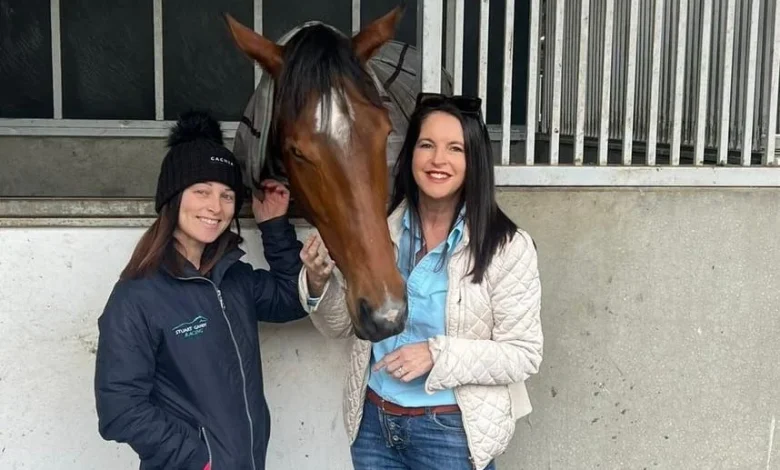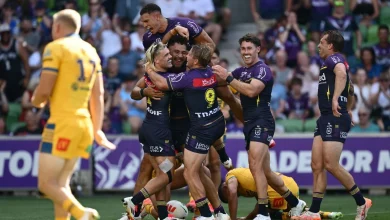Slow steps forward as Tassie industry looks for funding certainty

Racing Minister Jane Howlett has established a steering committee to consider a two-code funding model for Tasmania’s racing industry. (Photo: Jane Howlett/Facebook)
Tasmania’s racing industry is a step closer to learning what its funding structure may look like beyond June 2029, with Racing Minister Jane Howlett confirming that a steering committee had been formed to look at the option for a two-code model.
The Liberal state government, led by Premier Jeremy Rockliff, introduced legislation earlier this month that will enshrine its contentious policy to phase out greyhound racing by the middle of 2029.
While a Joint Standing Committee on Greyhound Racing Transition has been formed to oversee the end of greyhound racing in the state, uncertainty persists about how funding will be distributed among the thoroughbred and harness codes once the current 20-year funding deed agreement expires in three and half years’ time.
In 2024/25, 52.7 per cent of Tasracing revenue was derived from government funding, or $39 million.
In terms of funding split by code, $20.4 million was allotted to thoroughbred racing during the 2024/25 financial year, up $500,000 from 2023/24, $10.1 million on harness racing, up $185,000, and $7.3 million on greyhounds, while an extra $1.8 million was spent on integrity.
Howlett said the government had every intention of continuing to support racing beyond 2029 but wanted to ensure it got its approach right.
“Work has begun on a new racing industry funding deed to provide certainty to the industry beyond 2029,” Howlett said.
“The existing deed has a term of 20 years and with the phasing out of greyhound racing at its expiration we need to take into consideration what things will change.
“To that end an assessment is being conducted, overseen by a steering committee comprised of representatives from Treasury and the Department of Natural Resources and Environment Tasmania, to look at the option available to the government regarding the future funding model.
“Importantly, this is not a review into whether there will be funding, it is a review of what that funding model looks like beyond 2029 for the thoroughbred and harness racing codes.”
Howlett said the government’s focus was to undertake what it described as a complex assessment so that Tasmanian racing can thrive in the future.
“We know this is the number one issue for the industry, we are getting on with the job to provide certainty and a long term future for racing in Tasmania,” she said.
The future state of the funding deed has been the number one issue for Tasmanian racing participants for several years, but it has yet to be resolved, being caught up in the politics of two state elections in as many years as well as Rockliff’s sudden decision to phase out greyhound racing, made in August.
Breeders have raised concerns that the lack of certainty has made it difficult to build long-term commercial strategies, given the relatively long cycle of commercial breeding.
Mares sent to breed in 2025 will not have their progeny reach the yearling sales until 2028.
With confirmation of the funding deed’s structure not expected for months, depending on the outcome of the government assessment, Tasmanian breeders are likely to be making decisions of broodmare purchases and stallion selection in 2026 not knowing what the 2029 funding environment in which the resultant yearlings will be offered in will look like.





